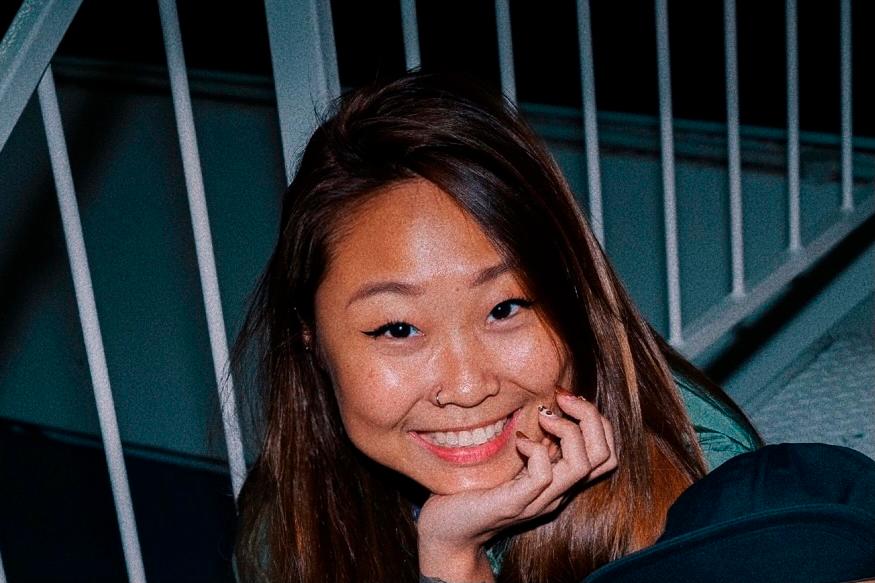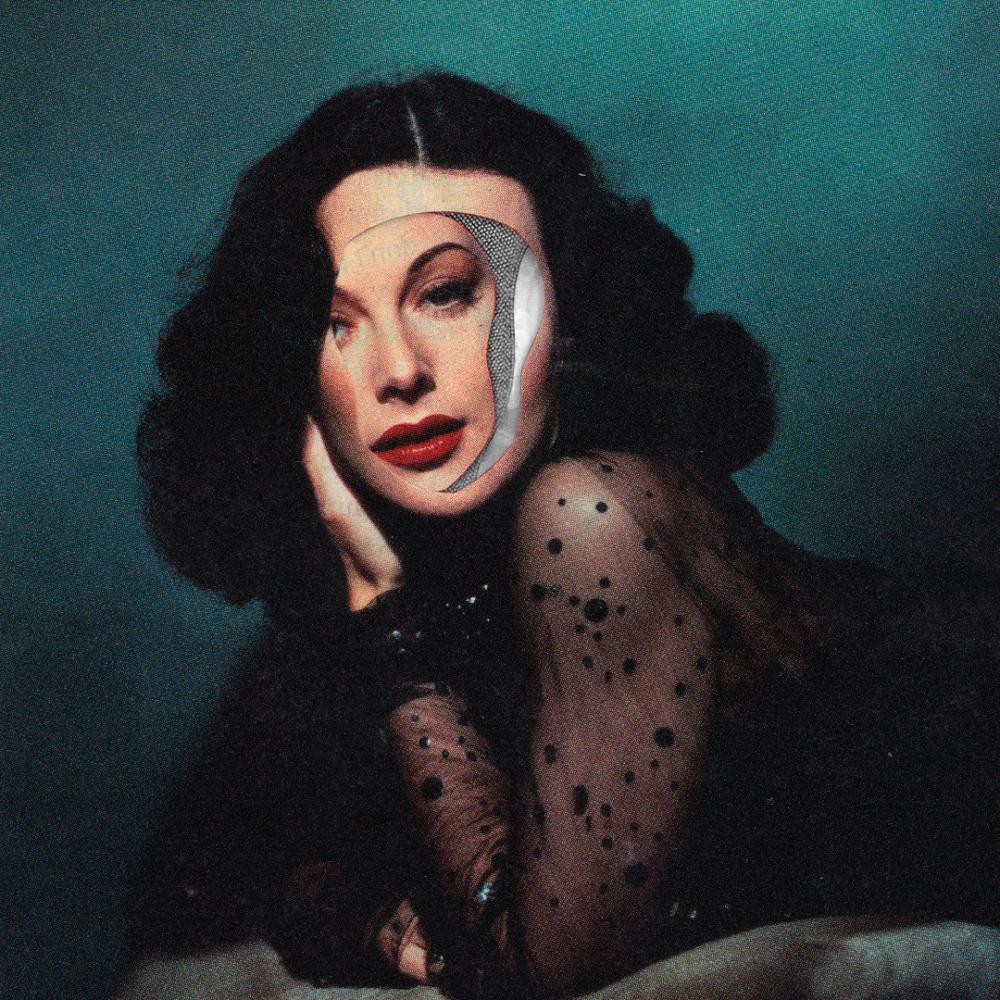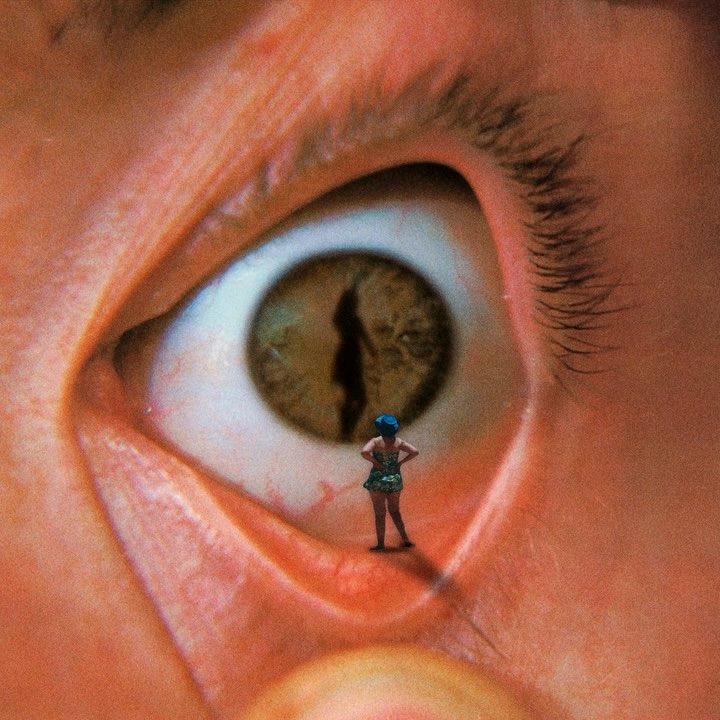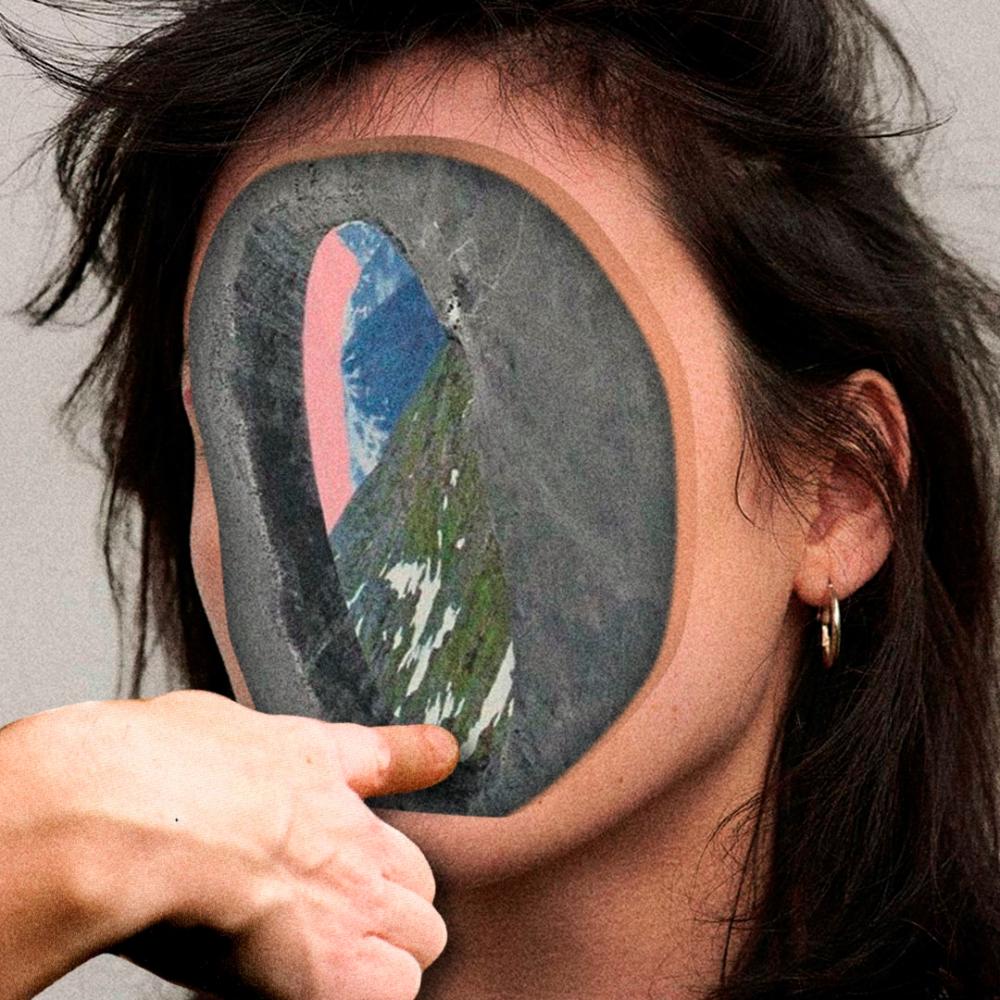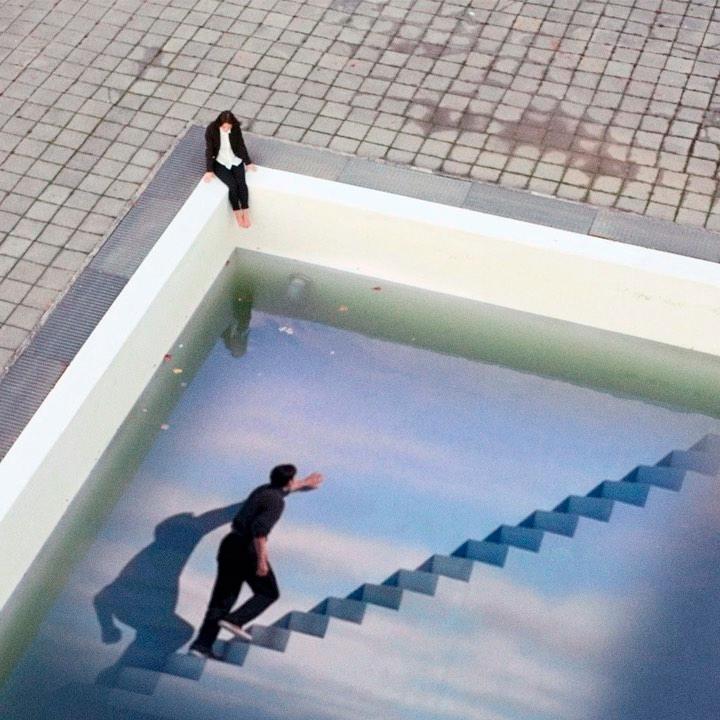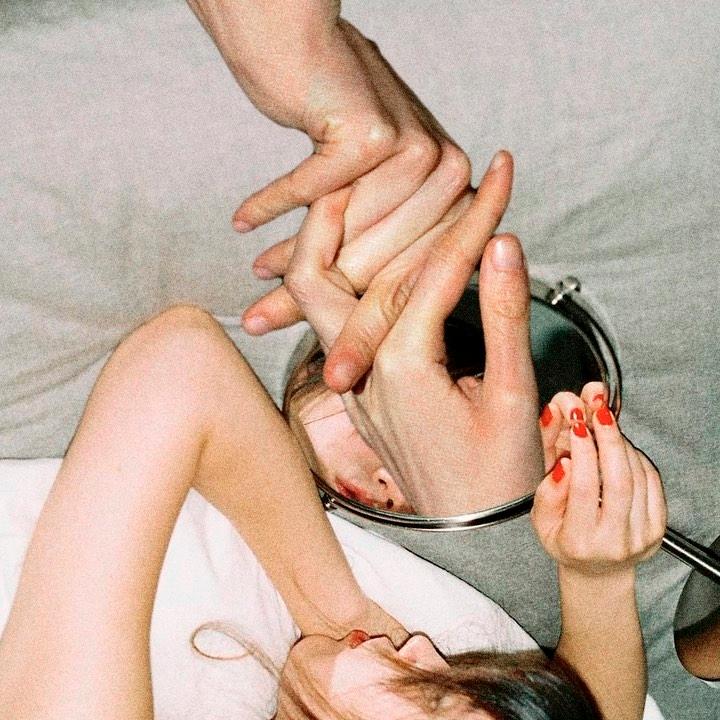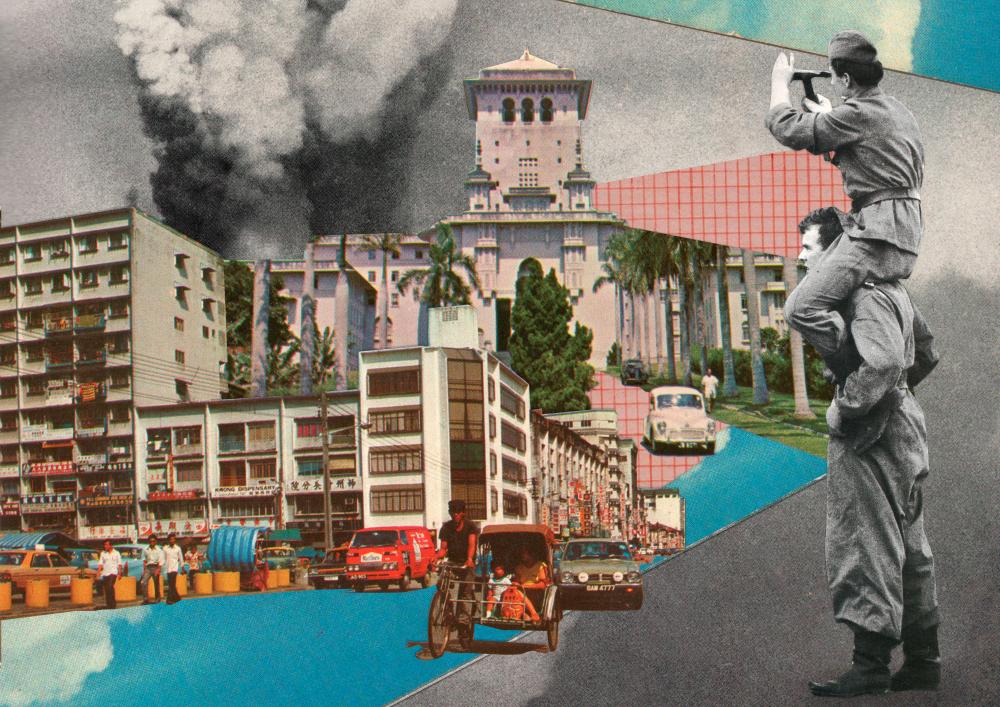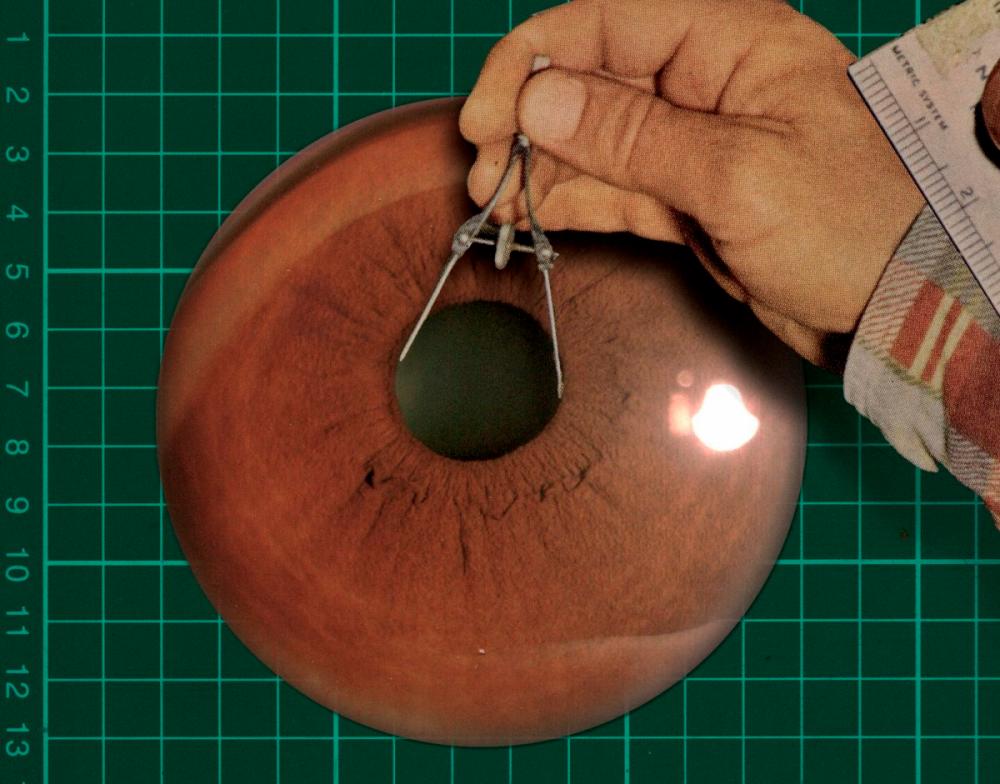TRADITIONAL print media doesn’t do justice to Valery Koh’s animated collages when they are presented. They may have begun from scraps of cut-out photos and papers, but to Koh, the execution of an artwork is of the utmost priority, and generation of the actual idea is secondary.
Koh’s digital artworks serve as holding spaces for intermittent bursts of creative energy and curiosity for storytelling, while she remixes and recontextualises contemporary culture built from the snippets of daily life.
“In a way, it is me documenting my life experiences and emotions and sharing them in the most genuine way I know how,” she explains.
The themes of fragmented identity, temporal beauty, life and death are rife in her work. She also attempts to exaggerate the tension between subversive realism and dreamy surrealism to create compelling nuances that are both attractive and repulsive at the same time.
She shares: “It’s important for me to have a clear distinction between being a graphic designer by day and a visual artist by night. As a designer, I position myself as a problem solver to my client’s design puzzles; while as an artist, I’m able to get personal and freely create what I want.”
Recently, Koh has been exploring archival videos. “I’ve been busy scavenging old videos and gifs, incorporating them into my animated collages. I love how they’re able to add different dimensions to tell a story.”
What’s exciting about creating art?
“It’s the about being creatively fulfilled and centred when I create. At times when I subconsciously neglect my creative outlet, I find myself jaded and unmotivated, whether it’s with people or at work.
“I remember on the night before opening for the IRL Exhibition last year, my fellow artist Xia Yi and I sat on the floor surrounded by paper cut-outs, and faced with a five-foot tall blank canvas.
“It was both terrifying and thrilling, but once we started collaging I didn’t want to stop. In the midst of putting up the installation, I almost teared up from feeling really fulfilled and content. It was a feeling of being able to just freely create.”
What is more important for art, the idea or the execution?
“The process. It’s the making of the artwork. An idea is nothing unless you put action behind it. We should also learn to put more weight on the journey instead of just focusing on its final outcome.”
How do your inspirations translate to the themes in your work?
“My inspiration comes in the form of visuals or narratives. When I have a specific idea in my head, I will search for the particular visuals to include in my collages. When I’m trying to tell a story, I look into different approaches and graphics that will support the narrative. Instead of translating the theme, I’d say that my inspiration dictates the themes of the works.”
Your work has evolved from photo collages to animated artworks as a means of story-telling over the years. Where is the beauty in these mediums?
“There are no rules, no methods, and no such thing as ‘mistakes’, which is where the beauty lies in collages; it’s so accessible and a forgiving medium, anyone can collage! I can’t paint nor can I sew, but I sure can cut within the lines!
“I love the coming together of various artistic materials that have no relation to one another, such as magazines, film photos, food wrappers, scanned objects, leaves and others. The fact that they can all gather on a blank canvas and sit harmonically to tell a story, feels pretty magical to me.
“Animating the artworks helps to enhance its narrative and visuals. I’m able to add elements of surprise in my collages, making the viewing experience that much more interesting and enjoyable.”
There’s a recurring emphasis on mutilated facial features and anatomy. Are you trying to subvert our everyday reality?
“I entertain my curiosity about the possibilities of everyday reality. When I’m creating, I always do my best to entertain the ‘what ifs’ in my head.”
Do you mind people trying to demystify your art?
“I think everyone interprets things differently. While I do have an initial narrative to what I create, which is also translated from my own experiences, I do not, however, control how others choose to read my art. There are no right or wrong answers, though I find it very comforting if people can relate to my work.
“After all, we are individuals experiencing life through our own lenses. Our perspectives are heavily influenced by our life experiences and choices. Hence, it’s been very eye-opening for me to hear how others interpret my works.
“I think accepting criticism is crucial for growth but I’m also very selective to the feedback I choose to respond to.”



